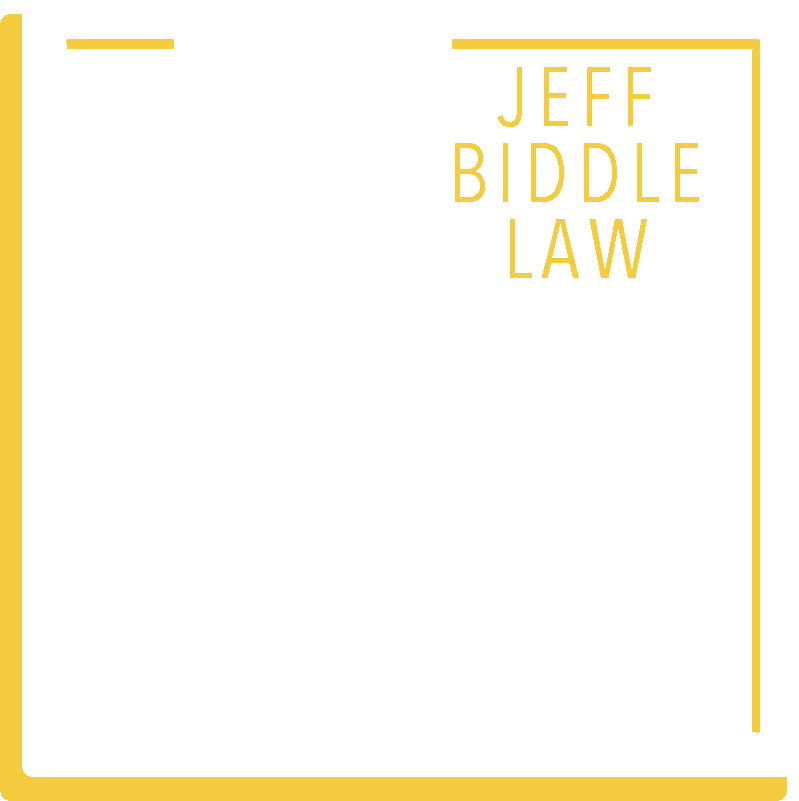Adding Creditors To Your Bankruptcy After Filing
Oh no! You forgot about a creditor and didn’t list them on your bankruptcy schedules. Or maybe you didn’t even know about them and just received a notice from them in the mail. Can you add an omitted creditor after the fact?
In the fateful words of a careful lawyer, it depends.
It really depends on when the amendment is made and what chapter you’ve filed. Also, the effect of adding a creditor varies between the two chapters and the timing.
Let’s walk through the legal jungle of adding a creditor to your bankruptcy papers.
Amendment While Case Is Open
Sure, anytime the case is open in the bankruptcy court’s clerks office, you can file an amendment to your schedules. You can even have received a discharge in your case.
Adding the creditor’s name to the schedules gets the new name added to the master mailing list which parties and the court use to give interested parties notice about the case.
Just because the filing is accepted doesn’t mean anything about the effect of the filing, though. It is absolutely true that the sooner an omitted creditor is added, the better for the debtor.
There is also a fee for amending the lists of creditors. Currently, the fee the court charges to add a creditor is $32. (as of 12/1/2020).
Does Addition Give Timely Notice?
Just because you have added a creditor to the mailing list doesn’t necessary get them actual and timely notice of the case.
The clerk’s office sends out the notice of the bankruptcy filing at the beginning of the case. The notice of the case sets out the deadlines for creditor action in the case:
- date of the first meeting of creditors
- last day to object to discharge or dischargeability
- bar date for filing proofs of claim
Unless the added creditor gets actual notice, just getting them in the bankruptcy papers may not be enough to bind that creditor to the deadlines in the case.
In my office, then, once I have amended the schedules, I mail a copy of the notice of bankruptcy filing for the case to the added creditor. If the meeting of creditors has been scheduled, I also send them that notice, too. It’s called a 341 Notice. In a Chapter 13 case, I will also send them a copy of the Chapter 13 Plan which includes the deadlines to object and file a claim. Once all of those have been mailed, I file a certificate of service showing that we gave the new creditor actual notice of those filings.
That way, there is no doubt that the creditor got notice.
When Important Deadlines Have Already Passed
This is when the effect of adding a creditor gets dicey because there are deadlines for the creditors to act in the bankruptcy case and, if they have passed, there may be consequences.
If the added creditor misses the first meeting of creditors, there are generally no adverse consequences. Very few creditors appear for the meeting of creditors anyway. Actually, I can probably count the number of times a creditor has appeared in one of my cases on two hands. If I include the creditors that I’ve seen in all of the cases that I’ve seen while appearing (the cases where I’m not the attorney), then I would have to use my toes, too.
It is a different story if the added creditor doesn’t get notice in time to challenge the discharge of that creditor’s debt. If there will be a distribution to creditors in the case, a debt not listed often survives discharge.
Further if the added creditor has a claim that may be non-dischargeable, the window for bringing an adversary to contest discharge remains open. I don’t think I have ever experienced this in any of my cases, though, so it’s not something I would lose sleep over.
If the missed deadline is the deadline to file a proof of claim, often a late filed claim will be allowed on the grounds that the creditor didn’t get notice.
Chapter 13 Is Far More Strict
While the law makes varying accommodations for an omitted creditor in Chapter 7, the approach to the omitted creditor in Chapter 13 is not as forgiving.
Almost all courts hold that a creditor who doesn’t get notice of the filing of a Chapter 13 case in time to object to confirmation is not bound by the discharge. So, skipping a creditor in Chapter 13 stands to hurt the debtor’s fresh start by allowing the claim to survive.
Takeaway
It’s worth a lot to get everyone affected by your bankruptcy case actual and timely notice of the case for the broadest possible discharge.
I’m a bankruptcy attorney that practices in Arizona. I’ve had clients all over the state in cities like Chandler, Mesa, Tempe, Scottsdale, Apache Junction, Queen Creek, Phoenix, Peoria, Litchfield Park, Ahwatukee, Gilbert, Florence, Sedona, Lake Havasu, Peoria, Glendale, Fountain Hills, Avondale, Goodyear, and Cave Creek. While most of my clients reside in Maricopa and Pinal County, I can assist you with a Chapter 7 or Chapter 13 bankruptcy anywhere in the state. If you have questions, please don’t hesitate to call or email me.


